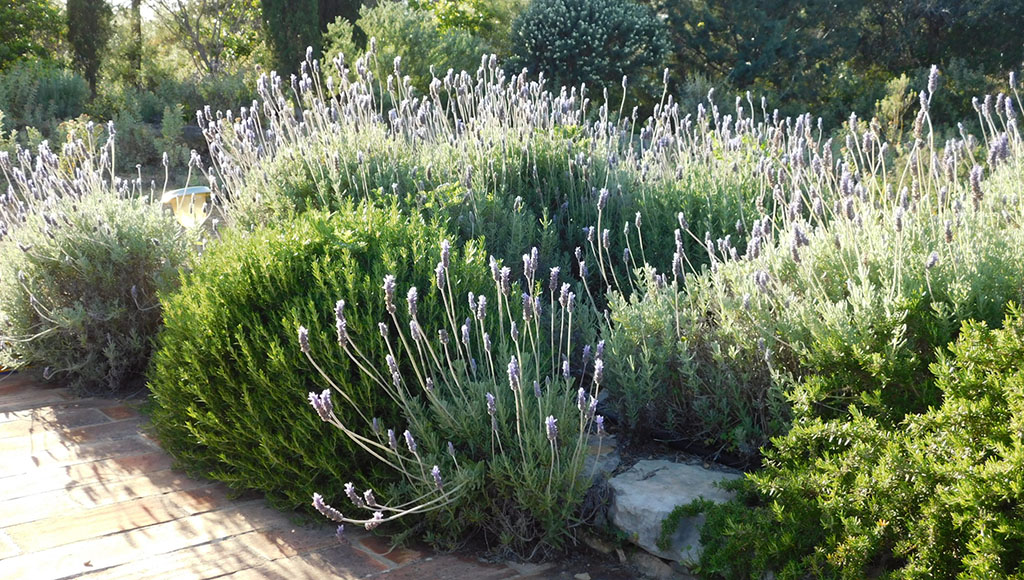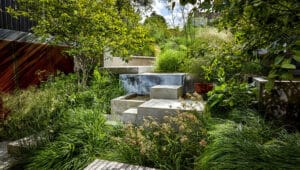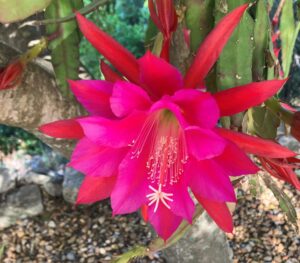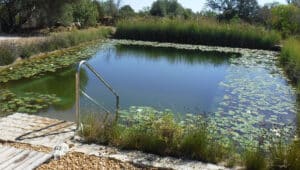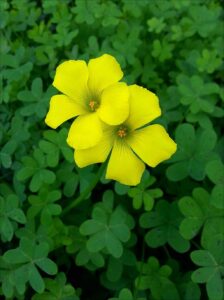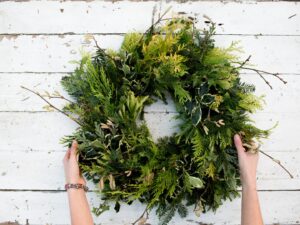Now that we are entering the start of a new gardening season, shorter days, cooler weather and the hope of rain before too long… we can start to think about planting.
Many of us are thinking about adding drought-resistant, habitat-building native plants to our gardens and land. But before you start, perhaps it is time for some hard-hitting advice. We may think, “Portugal´s native plants should grow easily here, because they’re native, right?” So, people buy expensive plants and expect them to grow like weeds (as in anywhere at all and without any care) and the results are often disastrous. Here’s what experts say are the four most common mistakes:
Poor placement
How, when and where you put your native plants is critically important to their success. For instance, it is worth researching the plants which tolerate no summer water once established. Lavender is a classic example; many good plants have been killed by mixing them with plants that need summer water. A group of different lavenders will look good and need no summer water.
“Grouping plants that like similar conditions means you’ll have a happier garden,” says Olivier Filippi. He advocates hydro-zoning. This is a way of building plant communities that will survive and thrive as they share the same soil and water needs. The best time to plant is the autumn, so the plants can take advantage of winter rains to get established before the dry heat of summer.
Under and over watering
Many native plants from Mediterranean climate zones with their dry summers and wet winters can actually die if they’re watered too much in the summer. They still, however, need water when they’re first planted to get established in their new home.
Native plants have often been coddled in the nursery, so they need some nurturing once they’re planted in the ground, and the soil where you plant them makes a big difference in their water needs. For instance, clay soils hold moisture much longer than porous sandy soils, which require more frequent watering, so the root ball doesn’t dry out.
Deep watering during planting is critical too. Be sure to drench the root ball in its nursery pot, and fill your hole with water and let it drain completely before planting, to ensure the roots have ample moisture to adjust to their new home. Water the plant deeply again once you fill in the soil, and every week or two after, depending on the soil, so the roots don’t dry out before the rains begin. After planting, make the all-important water retention bowl, which will catch irrigation water and rainfall and direct it down to the roots.

Little diversity
A good native plant habitat has multiples – at least three – of many different plants, from wildflowers and blooming perennials to shrubs and trees. Since many native plants go dormant during the summer, it’s important that at least two-thirds of those plants are evergreens, so your landscape looks good year-round. This year-round green aspect is one of the best characteristics of native shrubs and trees.
Too often, people see the spring displays of native wildflowers and then get discouraged when those plants turn brown in the summer. A good mix of evergreen shrubs and groundcovers can camouflage those summer dormant plants. Consider silvery white foliage of Phlomis purpurea, and native grasses such as Stipas, with the deeper greens of Lentisk shrubs.
Weeds
Weeds are just a plant in the wrong place which can be a problem with any garden, and native plant landscapes are no exception. You can mulch and eliminate unnecessary irrigation to keep them down, but you must be vigilant. Don’t learn that lesson the hard way by stopping adding fresh mulch to your planted areas. There may be hardly any weeds, and then the rains come, and they reappear with a vengeance.
If you just stick native plants into the ground, you can end up with a ton of weeds, so the best step is a preventative step – laying down a low-level sheet mulch, such as cardboard with mulch on top. An inorganic mulch such as small stones works well and reduces soil temperatures. Plant densely and add thick layers of mulch to discourage weeds from getting the sun they need to sprout, and if you see patches of thick weeds, sometimes it can mean a broken drip irrigation line.
But understand that weeds are omnipresent in any garden – and that might be a good thing, because they encourage us to get our hands dirty by pulling them out. Researchers say regularly touching soil can extend our lives, so maybe it’s all for the best. On the other hand, you can learn to love your weeds, especially when the spectacular displays of spring wildflowers are at their best. Learn more about all the native plants of your own area by consulting www.flora-on.pt
For a good selection of native plants and seeds, visit our Autumn Mediterranean Garden Fair which will be held at the FATACIL site in Lagoa on Saturday, November 2 and Sunday, November 3. More info on our web site.
By Rosie Peddle
|| features@algarveresident.com
289 791 869 | mgapsec@gmail.com
facebook.com/MedGardenersPortugal
www.mgaportugal.org

